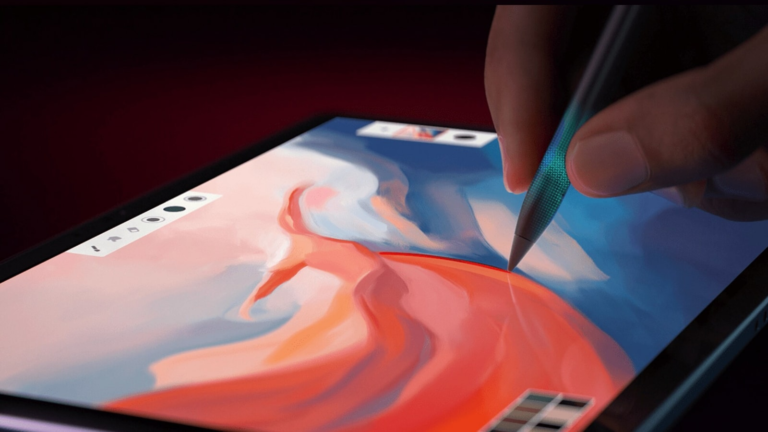In January 2025, Logitech made a quiet but powerful move in the AI space. Through its Logitech G brand, Streamlabs partnered with NVIDIA and Inworld AI to introduce an AI agent designed to be a streamer’s 3D sidekick, producer, and tech support rolled into one.

For a company that dominates the peripherals market, Logitech’s strategy in the ongoing AI boom raises a timely question: What kind of tools—or shovels—is Logitech offering in this new AI gold rush?
Moninder Jain, Vice-President & Head of Emerging Markets at Logitech, offers a refreshingly grounded answer. In an interview with HT, he said, “We do have AI in our products, but we don’t talk about AI for the sake of it. We talk about it only when it’s meaningfully integrated.”
One of the more ambitious initiatives is Logitech’s Agentive AI, built in collaboration with NVIDIA. “It acts like both a producer and a wingman,” said Jain, helping streamers enhance their live performance while guiding them in real time.
Ultimately, Jain’s stance is clear: “Our philosophy has always been: do first, then talk. We prefer to showcase what we’ve already built rather than talk in vague terms about the future. Today, AI is integral. Without AI, there is no tech anymore.”
PC market in India
Logitech sees India on the cusp of a major shift in personal computing. Jain noted a low PC penetration in India, roughly where China was two decades ago, which he believes is turning into an opportunity. “With India’s per capita income on the rise and PC shipments starting to grow, we’re optimistic that the adoption curve will steepen,” he said. He referenced external market reports that show flat growth but asserted that Logitech’s internal data suggests a much sharper increase, driven by factors such as digital adoption, remote work, and demand for productivity tools.
Echoing this optimism, Jain pointed out that the pandemic highlighted a key insight: “Serious tasks—whether it’s programming, designing, or document creation—can’t be done effectively on a mobile screen.” More Indian consumers and professionals are realising the value of a larger screen and dedicated workspace. Growth in education technology, work-from-home setups, and content creation tools further support the trend. “People are recognising the value of having a larger screen and a dedicated workspace,” he said, signalling confidence that India is poised for vertical growth in PC adoption.
Integrating AI into Hardware, Not A New Standalone Device
Asked whether Logitech plans to develop a new AI-centric device (like a ChatGPT-enabled gadget), Jain made it clear that Logitech’s strategy is to embed AI deeply into existing hardware rather than launch standalone AI devices. “Currently, we’re focused on integrating AI into everything we do—particularly into our hardware. A completely new, standalone AI device is not on the roadmap for now,” he stated. Instead, Logitech continues to weave AI into peripherals people already use, ensuring incremental improvements across its product lines.
Video Conferencing and Hybrid Work in India
The COVID-19 pandemic accelerated remote and hybrid work, and video conferencing has become a permanent part of the professional landscape. Jain noted that in India, video collaboration is still in early stages of adoption: even now, only about a single-digit percentage of conference rooms are equipped for video meetings. Pre-COVID, this percentage was even lower, which means there is “massive headroom for growth,” he said.
Logitech entered the video conferencing market before the pandemic and disrupted it by offering affordable, USB-powered, platform-agnostic solutions (compatible with Zoom, Teams, Google Meet, etc.). Customers had previously spent tens of thousands of dollars on complex setups; Logitech’s plug-and-play devices like the Rally and MeetUp brought enterprise-grade audio and video to small and medium meeting rooms without traditional complexity or cost. Jain observed that the market continues to grow as hybrid work norms take hold, stating that “video conferencing is still in its early adoption stage” and that there’s “huge scope” for expansion in India’s offices and educational institutions.
India’s Gaming Market
The gaming ecosystem in India is “still in its formative years,” Jain observed. Unlike countries such as Vietnam and Thailand, India lacks certain infrastructure like established gaming cafes, structured tournaments, and stable eSports teams with formal contracts. He pointed out specific challenges that inhibit growth:
- Unreliable power supply and intermittent internet connectivity, which disrupt gameplay.
- Limited access to organised competitions and professional training.
- A shortage of gaming-friendly venues and community support.
Despite these challenges, Jain is hopeful. He believes that ongoing improvements in digital infrastructure and the increasing interest of India’s young population will help the gaming market catch up. In the meantime, Logitech continues to support Indian gamers through its hardware and esports collaborations, anticipating that as conditions improve, the market will expand rapidly.
Mobile finder: Best price of iPhone 16
Logitech’s Internal Use of AI
Logitech isn’t only embedding AI in its products; it’s also using AI internally to boost productivity. Jain revealed that the company applies AI for various enterprise-level tasks, from improving internal tools to analysing data for product innovation. While specific platforms weren’t named, he said teams are free to experiment with tools like ChatGPT for brainstorming and drafting, with the caveat that sensitive information must be handled carefully. He emphasized an important balance: AI is a “co-pilot, not a decision-maker.” Logitech’s policy advises caution when feeding confidential data into third-party AI, and always validates AI-generated outputs with human oversight (“Natural Intelligence”). In Jain’s words: “These tools are great for generating early drafts or design options, but we always validate and refine outputs through human intelligence.”




















